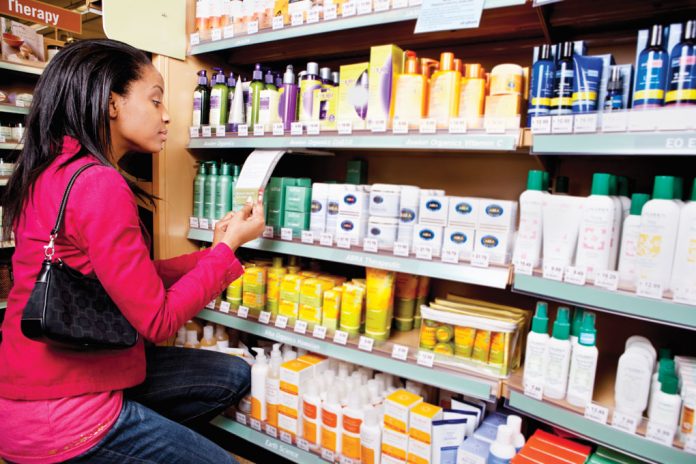San Diego is famously known for its warm, sunny weather, the kind that invites people to hit the beach as often as possible. But before leaving your house to catch some rays take a few minutes to protect yourself against the most dangerous side effects of sun splashing: skin cancer.
May is Skin Cancer Awareness Month and the statistics are alarming.
Skin cancer is the most common cancer in the United States. More skin cancers are diagnosed in the U.S. each year than all other cancers combined. One in five Americans will develop skin cancer in their lifetime, according to the American Academy of Dermatology (AAD).
The three main types of skin cancer are basal cell carcinoma, squamous cell carcinoma and melanoma. Cumulative sun exposure is a major risk factor for developing the first two types. But acute sunburns are often linked to melanoma, which accounts for only one percent of all skin cancers, but causes a large majority of skin cancer deaths.
The American Cancer Society estimates 91,270 new melanomas will be diagnosed in 2018, including 9,830 in California. Melanoma is also one of the most common cancers to strike people younger than age 30.
Fortunately, you can take steps to enjoy the sun safely and protect yourself and your family against skin cancer. Follow these four tips:
Prevent sunburns and protect your skin
“The basic thing is to avoid a sunburn, because we know that contributes to melanoma and other skin cancers,” says Hubert Greenway Jr., M.D., chairman of Mohs and dermatologic surgery at Scripps Clinic.
Get into the regular habit of using 30 SPF (Sun Protection Factor) sunscreen, or higher on a regular basis. The label on your sunscreen should say “broad spectrum,” which protects against UVA and UVB rays. Apply 30 minutes before going outside and re-apply about every two hours, even on cloudy days.
Wear wide-brimmed hats to keep sunlight off your head and neck and sunglasses to protect your eyes and surrounding skin.
Avoid tanning beds. “They raise the risk of melanoma and also dry the skin, causing wrinkles and premature aging,” Dr. Greenway says.
Watch out for reflected light from water, sand or snow, which intensify the sun’s rays. In addition, try to stay out of the sun during the most intense hours, between 10 a.m. and 2 p.m.
Safeguard your baby’s soft skin
Because a baby’s skin is more delicate and thinner than an adult’s, it burns and becomes chapped or irritated more easily when exposed to sun.
The best protection for babies younger than 6 months is to keep them out of the direct sunlight. Keep the stroller canopy up, use an umbrella at the beach or find some shade under a leafy tree. If possible, dress your infant in lightweight clothing that covers the body, including hats with wide brims that shade the neck and face. According to the American Academy of Pediatrics, you can put a little sunscreen on the exposed areas of infants younger than 6 months.
Self-check for moles
Anyone who has ever had a sunburn is at risk for melanoma but genetics also play a part. People who are fair skinned or have a family history of cancer must be more alert about changes in their skin.
“Regardless of their personal risk, San Diegans should be watching for atypical moles, which tend to be multicolored and asymmetrical,” Dr. Greenway says. “Problem moles are usually located on the head, neck, upper back, torso or lower legs but can be found anywhere on the skin.”
Moles should be self-checked monthly. If one is darker, itchy, has ragged borders or appears to be changing, see a dermatologist. Even without symptoms, visit a dermatologist once a year for a thorough exam.
Get treatment sooner than later
The earlier melanoma is found, the easier it is to treat. Once the disease has spread, it becomes a serious problem.
“In its earliest stages, melanoma is removed surgically. If it spreads to the lymph nodes, other therapies may be required,” Dr. Greenway says. “Advanced melanoma treatment options are limited in terms of their long-term success, but newer drugs and technologies have led to major gains in the quality of care available for melanoma patients.”
The most effective way to beat skin cancer is to prevent it entirely, Dr. Greenway emphasizes. Early detection is the best bet. “Monthly self-exams and annual dermatologic checkups can be life-savers.”
Healthy Life is brought to you by the physicians and staff of Scripps. For more information, please visit www.scripps.org/SNS or call (858) 914-2297.














